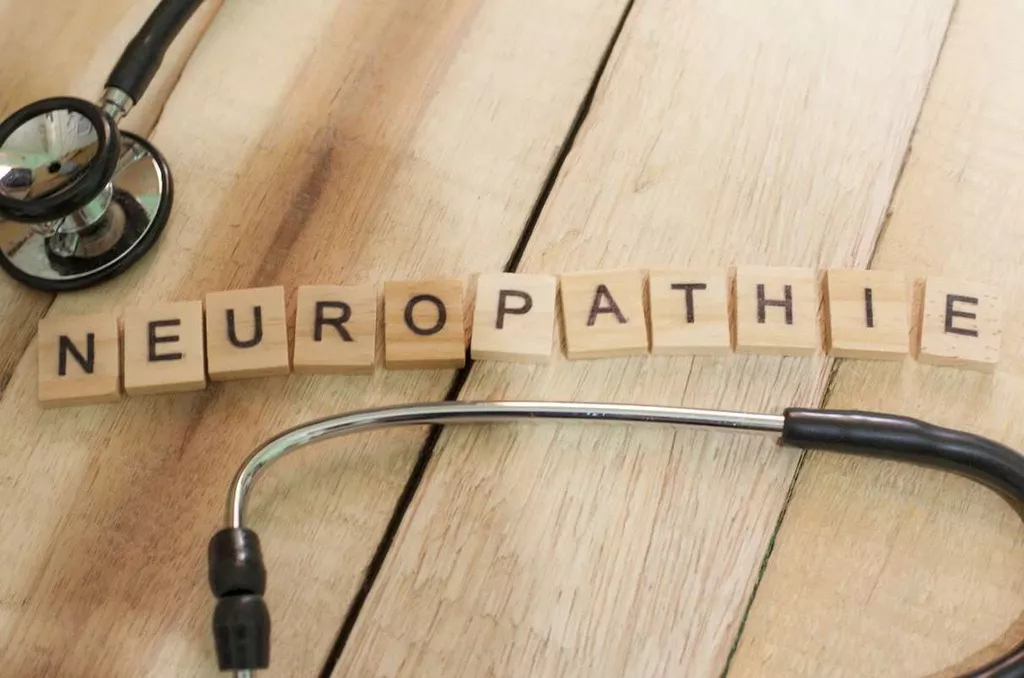Contents
Learn more about the risks and how to get help.Drugs If you or a loved one is struggling with drug abuse, you’re not alone. Learn more about the most commonly misused drugs.Addiction Treatment Going to a rehabilitation program greatly increases your chance of long-term recovery. Learn more about your options.Addiction Resources If you have more questions about addiction, we’ve gathered resources to help you and your loved ones. The average stay at inpatient addiction centers is 28 days.1 However, most inpatient drug and alcohol rehab centers also offer 30, 60, or 90-day programs. Studies show spending more time at a facility may benefit long-term recovery. We publish material that is researched, cited, edited and reviewed by licensed medical professionals.
Stroke rehabilitation is an important part of recovery after stroke. Certain factors determine how long a person should stay in rehab. These include their age, medical history, and addiction severity. Outpatient programs are usually recommended for people who have been using drugs or alcohol moderately over time. A 90-day rehab program is a typical duration for addiction rehabilitation. These programs usually consist of a minimum of 3 months and a maximum of 6 months.
- However, there is evidence that performance can improve even 12 to 18 months after a stroke.
- Deciding if an inpatient program is right for you depends on your level of substance abuse, financial situation, and the type of care needed.
- Withdrawal symptoms often include nausea, hallucinations, and seizures, among others.
- Additionally, other factors may make it difficult for someone to stay in rehab for an extended period.
- Achieving and maintaining sobriety is easier for some than it is for others.
Aftercare resources such as 12-step groups, sober living homes and support for family and friends promote a life rich with rewarding relationships and meaning. If you’re thinking of enrolling in an inpatient drug rehab program, it can be helpful to get some key questions answered while you zero in on your best options. Adding Medigap coverage could help you pay your coinsurance and deductible costs.
This will, of course, depend on your personalized treatment plan. While you’re in rehab, your care will be provided by a team that’ll include nurses, doctors, and therapists. They can help you get back on your feet as quickly and as safely as possible.
Benefits of Inpatient Drug Rehab
The aim of both inpatient and outpatient rehab facilities is to treat substance use disorder and help you lead a full, independent life. Both types of treatment can be beneficial, but those with severe addictions should consider inpatient drug rehab, which offers intensive treatment. Read on to get the answers to 5 key questions about this important form of addiction treatment. Alcohol Alcohol use disorder affects millions of people in the United States.
You may decide to go the route of residential treatment or elect outpatient treatment instead. You will also find information on spotting the signs and symptoms of substance use and hotlines for immediate assistance. But in general, it can range between 90 to 180 days.
A quality treatment center will offer clients a personalized plan that caters to their needs. Brief treatment involving detox, therapy and supportive care may be effective for some people, but treating substance use disorders is a complex process that could last years. While it may seem desirable to get through rehab as quickly as possible, research shows that longer stays in rehab lead to lower relapse rates. It should be noted that a residential program isn’t the same as a 24/7 intensive inpatient drug treatment program. Medicare Advantage plans also cover inpatient rehabilitation, but the coverage guidelines and costs vary by plan.
You may spend a few hours at the facility a couple of days a week. How long you need stroke rehabilitation depends on the severity of your stroke and related complications. But most need some form of long-term stroke rehabilitation.
These therapists help you lead more independent and active lives. They can help you relearn skills for dressing, bathing and household chores and return to driving. Occupational therapists can also help improve your ability to swallow and your cognitive ability with home and workplace tasks and overall safety. Talk to your doctor and family about the best option for you. You might also have counseling or participate in a support group. The use of video games and other computer-based therapies involves interacting with a simulated, real-time environment.
Mayo Clinic is a nonprofit organization and proceeds from Web advertising help support our mission. Mayo Clinic does not endorse any of the third party products and services advertised. Sign up for free, and stay up to date on research advancements, health tips and current health topics, like COVID-19, plus expertise on managing health. Recovering from a stroke can be a long and frustrating experience. Dedication and willingness to work toward improvement will help you gain the most benefit.
What to Expect During Inpatient Alcohol Rehab
Long-term programs can be costly and unaffordable for some people. Additionally, other factors may make it difficult for someone to stay in rehab for an extended period. Inpatient treatment is more expensive than any outpatient treatment. These include the facility’s location, amenities, and the duration of treatment. You’ll proceed to outpatient treatment after you leave inpatient rehab.

Before you leave, you and your family will work with hospital social workers and your care team to determine the best rehabilitation setting. Factors to consider include your needs, what insurance will cover, and what is most convenient for you and your family. Check if your insurance provider covers inpatient treatment.
We are standing by 24/7 to discuss your treatment options. Our representatives work solely for AAC and will discuss whether an AAC facility may be an option for you. Our helpline is offered at no cost to you and with what alcohol dehydrates you the most doctors explain no obligation to enter into treatment. Americanaddictioncenters.org needs to review the security of your connection before proceeding. Inpatient drug rehab facilities typically don’t allow their patients to leave.
What’s involved in stroke rehabilitation?
The type of care available at a nursing facility varies. Some facilities specialize in rehabilitation, while others offer less-intense therapy options. If you have severe addiction, co-occurring conditions, unstable housing, or no social support, inpatient treatment may be better.

You can learn more about Medicare and long-term care facilities here. Rehabilitation may take place in a special section of the hospital, in a skilled nursing facility, or in a separate rehabilitation facility. overcoming alcohol addiction If you have a Medicare Advantage plan, your costs will vary based on your insurer. Talk with your plan advisor or insurance company in advance, if possible, so you can prepare for any out-of-pocket costs.
Pros and Cons of Inpatient Treatment
It is very difficult for someone new to recovery to abstain from drugs and alcohol when they are readily available at home. This is also true if other household members are regularly using them. Inpatient treatment takes place in a secure hospital setting. This treatment is appropriate for people who require medical oversight during detox. The sooner you begin stroke rehabilitation, the more likely you are to regain lost abilities and skills.
Inpatient Drug Rehab Choosing the right inpatient drug rehab is crucial to your… Additionally, outpatient rehab is often recommended after staying at an inpatient center. For those looking to attend 60 or 90-day programs, how long can i live with alcoholic liver disease the price can be between $12,000 and $80,000. For high-profile people or celebrities seeking anonymity, centers often charge as much as $120,000. While in treatment, connection to the outside world is kept at a minimum.
Many rehab clients drop out of treatment only to return after relapsing. While predetermined treatment lengths exist, the most successful recoveries come after prolonged stays. As treatment extends past 90 days, rehab graduates show increased abstinence rates.